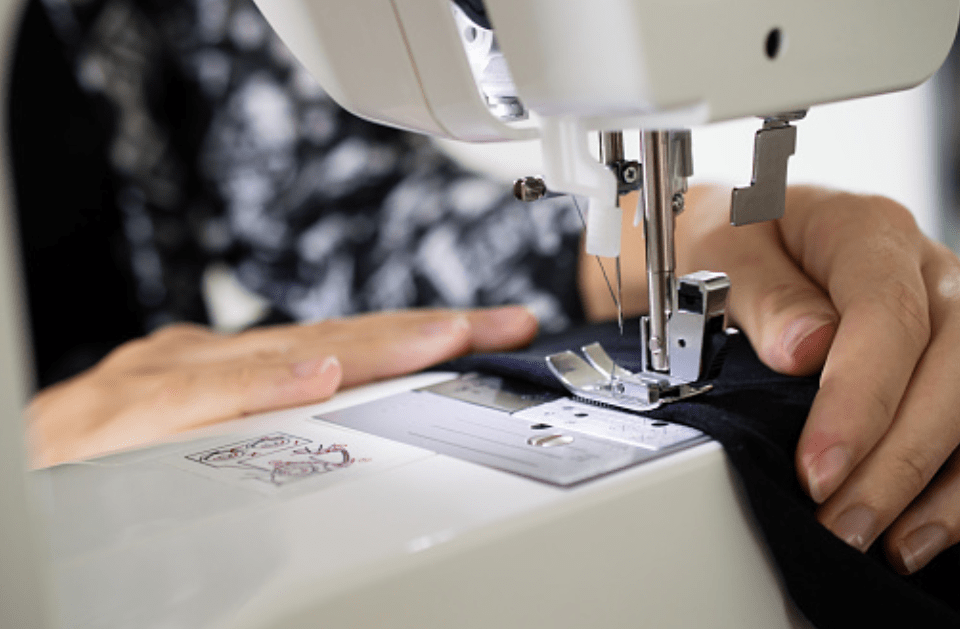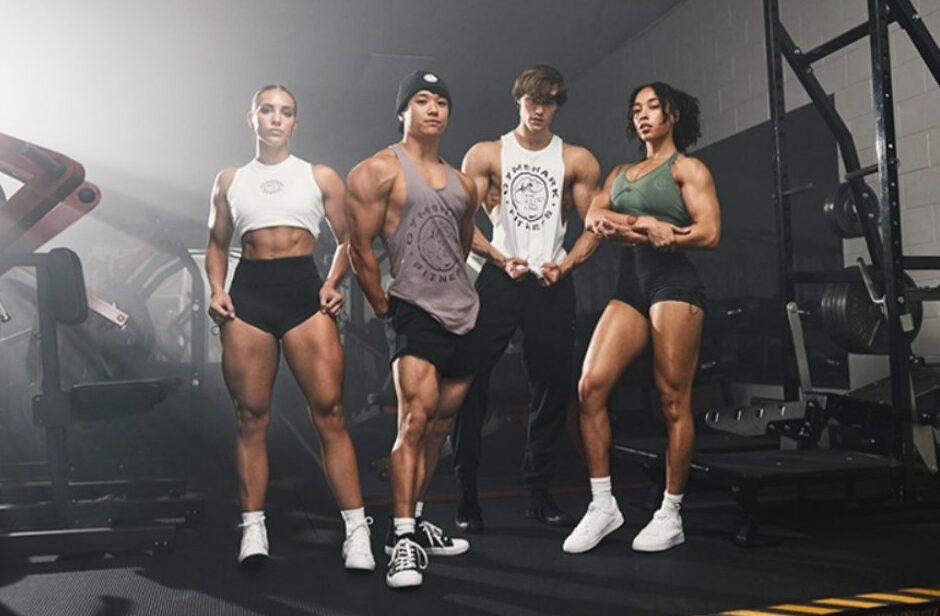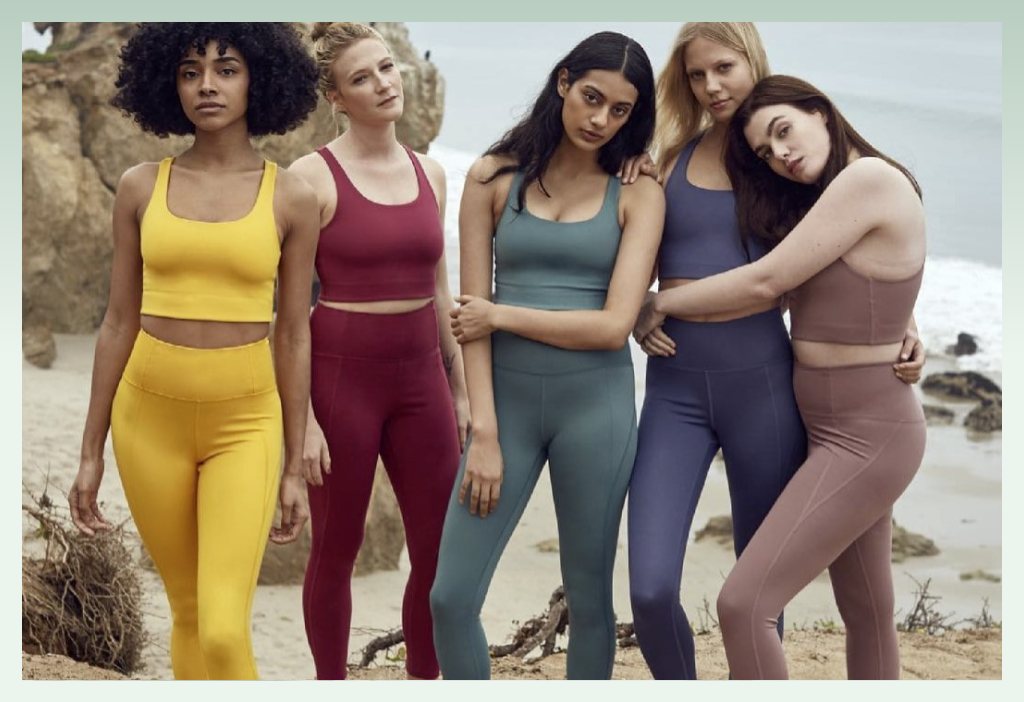Understanding the 55/45 Hemp-Cotton Blend: Structure and Composition
A 55% hemp / 45% organic cotton blend combines hemp’s toughness with cotton’s softness. Hemp fibers are long and highly durable (with nearly double the tensile strength of cotton), while cotton fibers are fine and soft. By blending them, manufacturers create fabric that is stronger and longer-lasting than pure cotton: one analysis notes hemp/cotton cloth is “stronger, shrinks less, and keeps the colour longer” than all-cotton. In practice, many beachwear products use this ratio. For example, an ELCE resortwear halter-top lists its Composition: 55% Hemp, 45% Organic Cotton, and Beach Candy’s hemp-cotton swim shorts (55/45) are marketed for “unparalleled comfort” and resilience. In short, the 55/45 blend means the fabric gains hemp’s structural stability (resistance to tearing and abrasion) and cotton’s easy drape and next-to-skin comfort.
Tactile Qualities: The Feel of Hemp-Cotton Fabric Against the Skin
On first touch, hemp-cotton blends may feel crisp, but with wear they become exceptionally soft. Cotton’s fine fibers make the fabric immediately gentle and breathable, while hemp’s coarse yarns gradually mellow. In fact, hemp’s long fibers “soften and become stronger with every wash”. The result is a fabric that remains airy and cool in heat but grows supple over time. Both fibers wick moisture effectively: cotton is famed for wicking away sweat and odors, and hemp is described as “a fierce contender” for absorbency and breathability. Together this blend feels lightweight and fresh on the skin, ideal for an active day by the sea. One designer hemp-cotton tank touts “soft hemp/organic cotton jersey stretch” for just this reason: the jersey knit stays breezy and gets softer with every wash.
Durability in Action: Performance of Hemp-Cotton Blends in Beachwear
Hemp-cotton beach garments are built to last. Hemp’s natural strength means blended fabrics resist wear, tear and pilling much better than cotton alone. For example, hemp fibers helped sailmakers tolerate salt and UV for centuries, and modern testing shows hemp fabrics endure sunlight and abrasion exceptionally well. Notably, hemp has high inherent UV resistance, so colors stay bright even after long sun exposure. It also contains natural anti-microbial compounds: cannabinoids in hemp repel mold and bacteria, so beachwear resists odors and degradation in humid or salty environments. Compared to an all-cotton shirt, a hemp-cotton blend holds its shape and strength far longer – one source notes a 100% cotton T‑shirt lasts roughly 10 years, whereas a similar hemp T‑shirt can last twice as long. This durability translates to fewer garment failures on the beach and less waste. In fact, manufacturers explicitly market this benefit: Beach Candy’s 55/45 hemp-cotton shorts list “Durability: long-lasting fabric reduces waste” among their features. In practice, hemp-cotton swimwear can endure the sun, sand and multiple wash cycles without significant fading or breakdown, making it a long-lived choice for swim trunks and beach shirts.
Flexibility and Fit: Achieving Stretch Without Synthetics
Hemp fibers themselves are relatively inelastic, so a woven hemp-cotton blend has little inherent stretch. In a 55/45 blend this means a plain-woven shirting will be almost non-stretch: for example, a commercial 55/45 hemp-cotton shirting is explicitly described as “no stretch”. To add flexibility without spandex, designers rely on knit constructions and fabric structure. For instance, a 55/45 hemp-cotton jersey-knit tank top is marketed for its “soft… jersey stretch”. Using a flexible knit (rather than a rigid weave) and the slight elastic recovery of cotton gives the fabric some give. In practice, beach shorts or tops are cut with athletic fits or include details (like elastic waistbands or gussets) to allow movement. For example, hemp-cotton yoga tanks and rash-guard tops are sized slightly looser and use the jersey knit so they stretch naturally with the body. In short, without any synthetic, the blend’s comfort comes from cotton’s small natural elasticity plus the garment design (knit or relaxed cuts). This approach yields swim and beachwear that moves freely while still feeling fully natural against the skin.
Sustainable Fashion: Environmental Benefits of Hemp-Cotton Beachwear
Hemp and organic cotton each offer ecological advantages that resonate with today’s ethical fashion demands. Key sustainability highlights include:
- Water savings: Hemp needs dramatically less water than cotton. Studies show hemp can be grown with roughly 300–500 liters of water per kg, whereas conventional cotton requires on the order of 20,000 liters per kg. Switching to a 55/45 blend can nearly halve the water footprint by replacing some cotton with hemp.
- Reduced agrochemicals: Hemp is naturally pest-resistant and grows well without herbicides or pesticides. In contrast, cotton is a chemically intensive crop (the industry uses \~10% of global pesticides). Thus, hemp-cotton blends significantly cut pesticide use compared to pure cotton. Many blends boast being “pesticide-free” from field to fabric.
- Soil and carbon: Hemp’s deep root system enriches soil and prevents erosion. It also pulls CO₂ from the air, making hemp cultivation effectively carbon-negative. This contrasts with cotton, which depletes soil nutrients and contributes to fertilizer runoff.
- Biodegradability: Both hemp and organic cotton are fully natural fibers and will biodegrade safely at end of life. Unlike synthetic beach fabrics, a hemp-cotton swimsuit or cover-up will return to the earth without leaving microplastics. This closes the loop on waste and aligns with green consumer values.
Together these factors make hemp-cotton beachwear appealing to eco-conscious brands. B2B buyers can highlight these traits in marketing and spec sheets: for instance, fabric swatches and tech packs often note “anti-bacterial”, “pesticide-free”, and “rain-fed cultivation” as selling points. In short, the 55/45 hemp-cotton blend delivers a durable, comfortable beach fabric and a powerful sustainability story, making it an attractive choice for modern swim and resort wear lines.
Sources: Detailed fabric science and environmental data are cited above, along with examples of actual hemp-cotton products.





